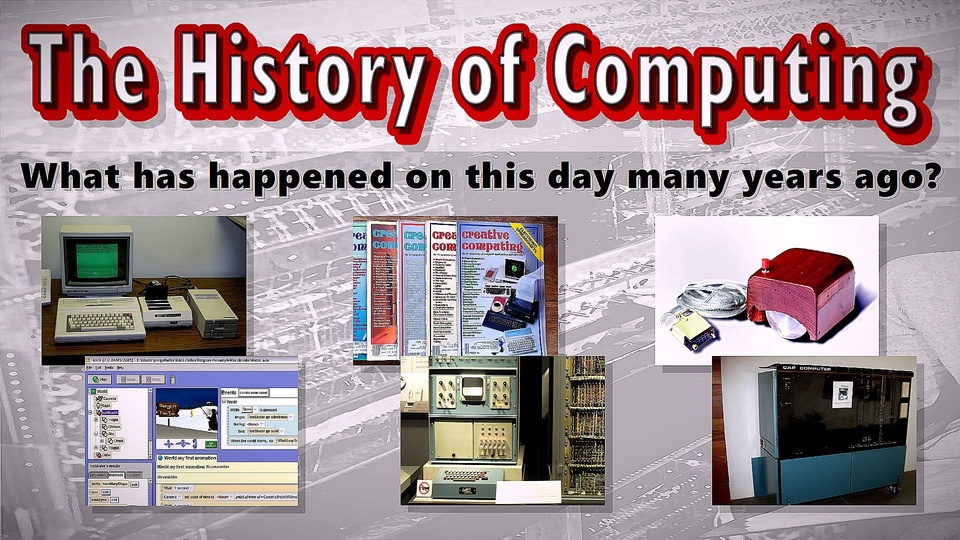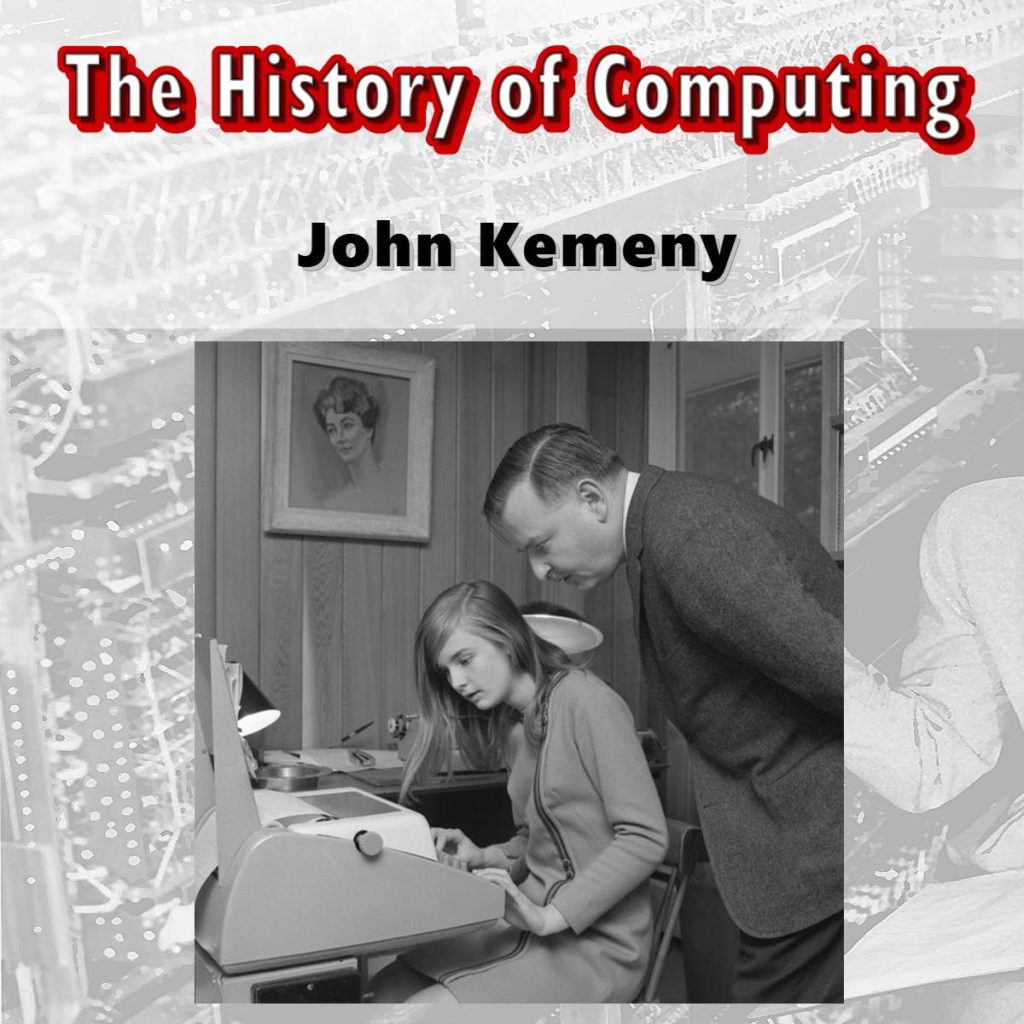
On May 31, 1926 was born John Kemeny. He is BASIC programming language co-developer. In his 66-year life, Kemeny had a significant impact on the history of computers, particularly during his years at Dartmouth College, where he worked with Thomas Kurtz to create BASIC, an easy-to-use programming language for his computer students. Kemeny earlier had worked with John von Neumann in Los Alamos, New Mexico, during the Manhattan Project years of World War II.
Source: https://www.computerhistory.org/tdih/may/31/#basic-language-co-inventor-born
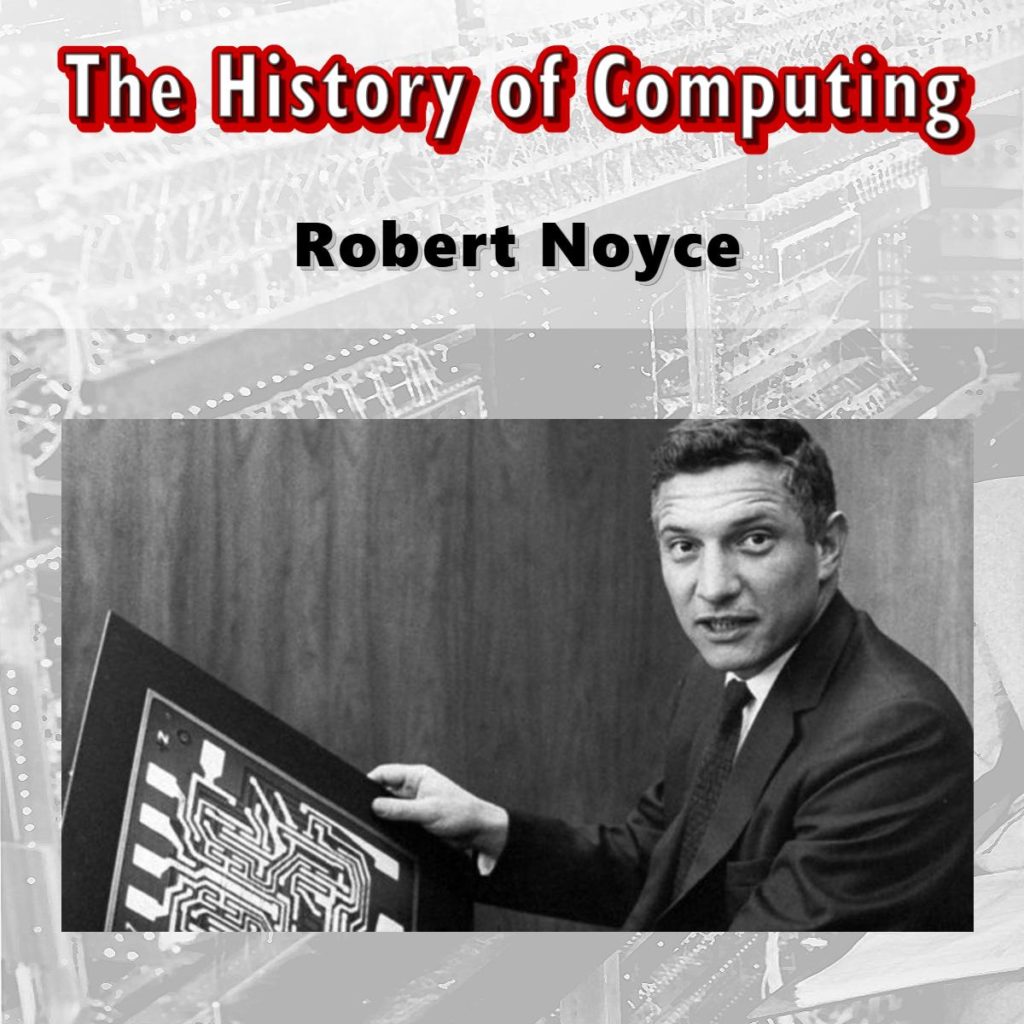
On June 3, 1990 died Robert Norton Noyce nicknamed “the Mayor of Silicon Valley”. He was an American physicist who co-founded Fairchild Semiconductor in 1957 and Intel Corporation in 1968. He is also credited with the realization of the first monolithic integrated circuit or microchip, which fueled the personal computer revolution and gave Silicon Valley its name.
Source: https://en.wikipedia.org/wiki/Robert_Noyce
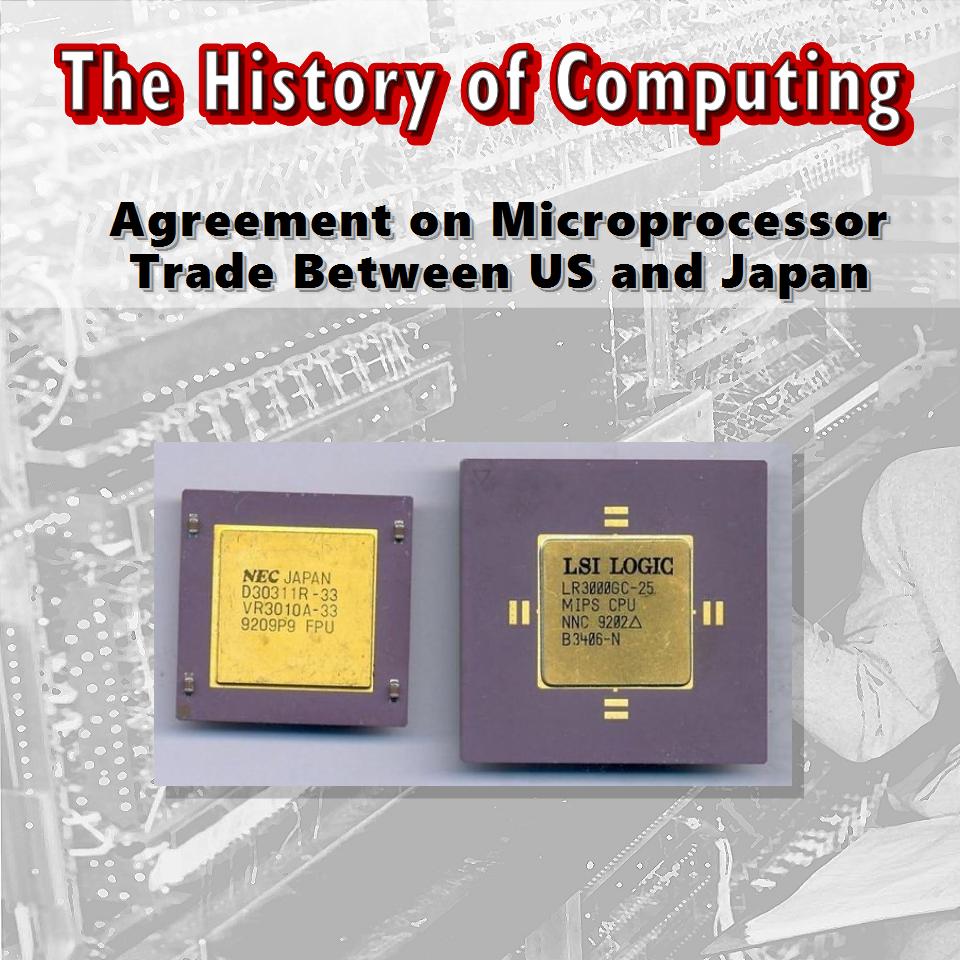
On June 4, 1991 the US and Japanese officials announced an agreement on a pact governing the countries’ microprocessor trade. The pact attempted to deal with intense competition between American and Japanese chipmakers by calling for sales of foreign semiconductors to reach 20 percent in the Japanese market within a year. US President Ronald Reagan had imposed sanctions on Japan in 1986 after finding that Japan had failed to increase the US share of the Japanese semiconductor market.
Source: https://www.computerhistory.org/tdih/june/4/#agreement-on-microprocessor-trade-between-us-and-japan
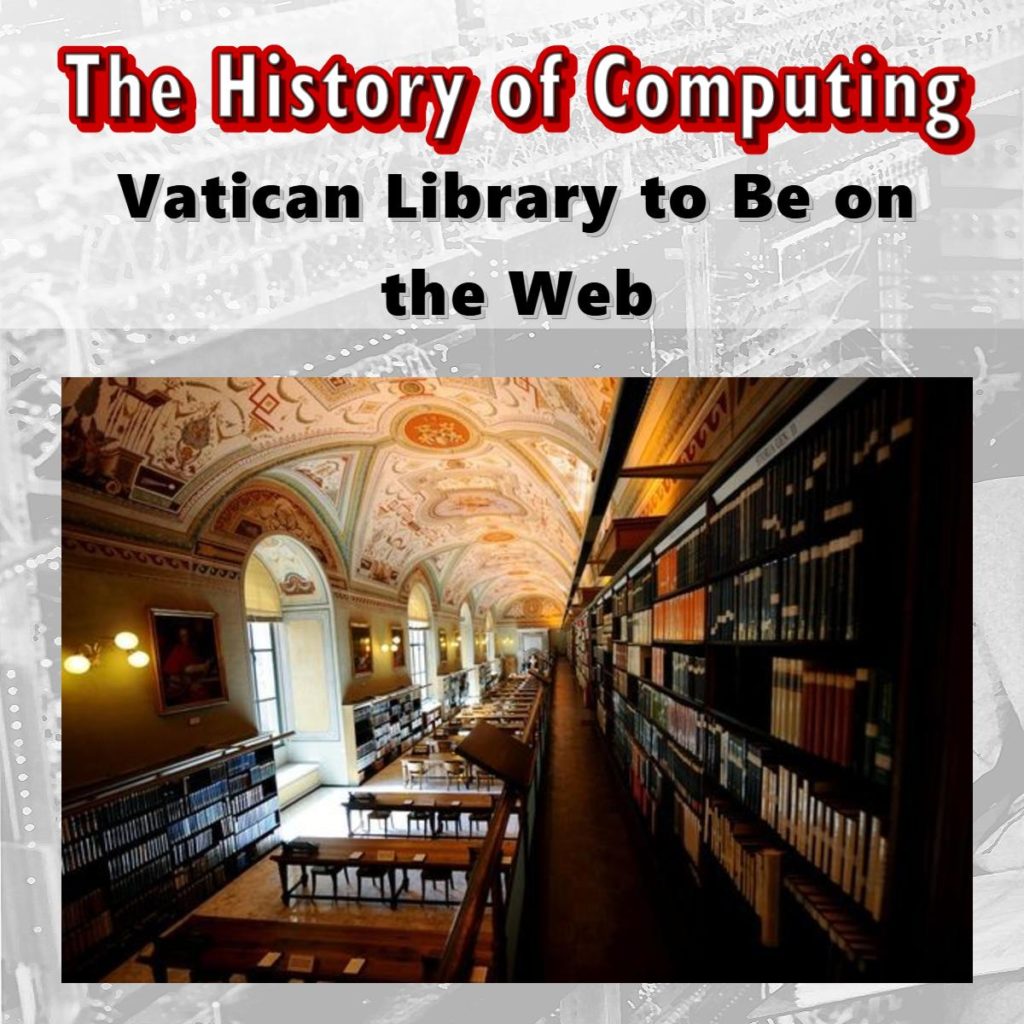
On June 6, 1995 the Los Angeles Times reports on the merging of religion and technology in Vatican City, where Father Leonard Boyle was working to put the Vatican’s library on the World Wide Web – “bringing the computer to the Middle Ages and the Vatican library to the world.” Boyle computerized the library’s catalog and placed manuscripts and paintings on the website, which was in part funded by IBM. Today, thousands of manuscripts and incunabula have been digitized and are publicly available on the Vatican Library website. A number of other offerings are available, which include images and descriptions of the Vatican’s extensive numismatic collection that dates back to Roman times.
Source: https://www.computerhistory.org/tdih/june/6/#vatican-library-to-be-on-the-web

